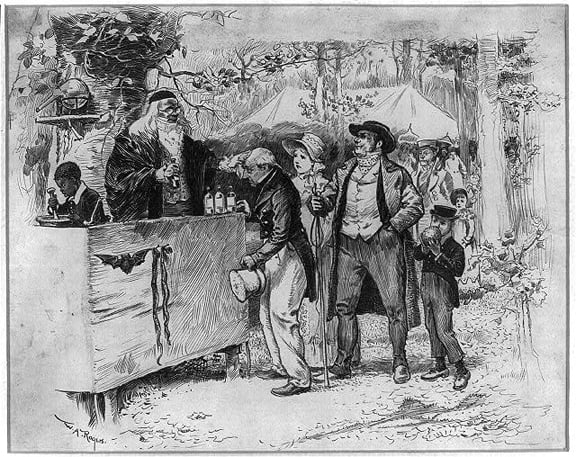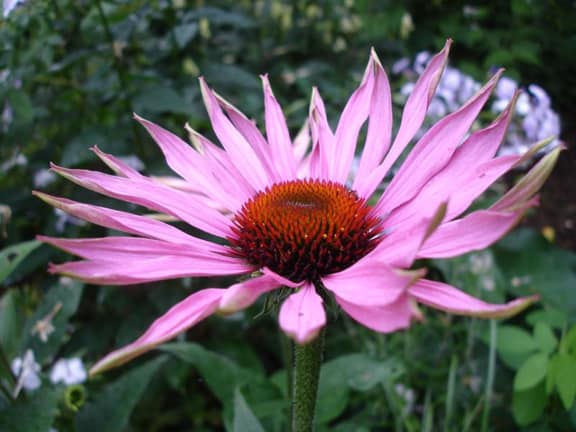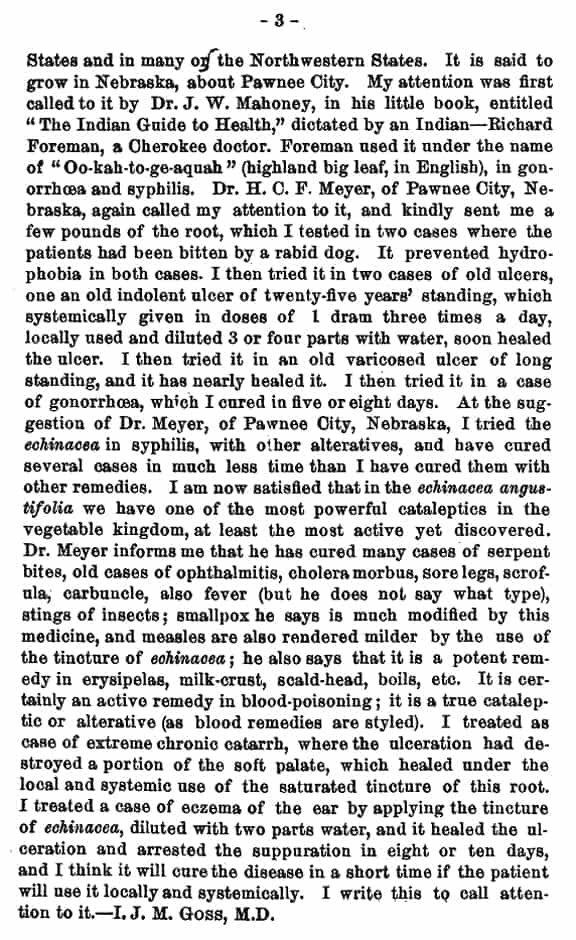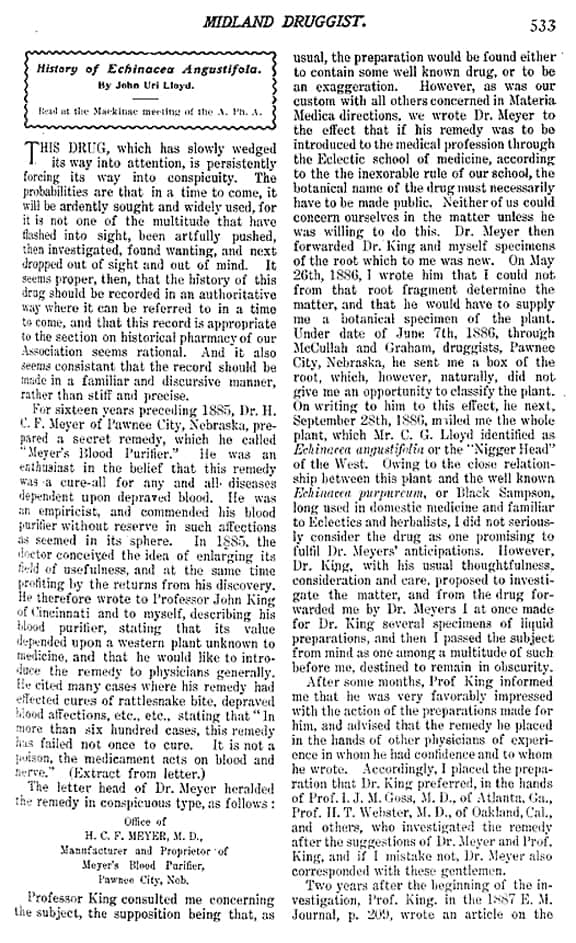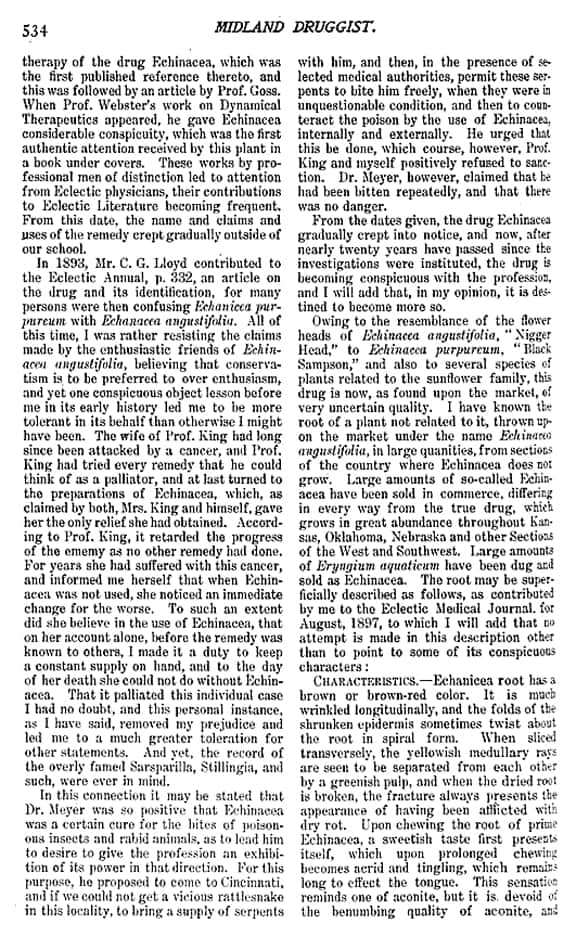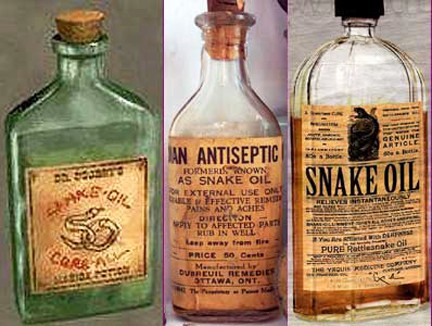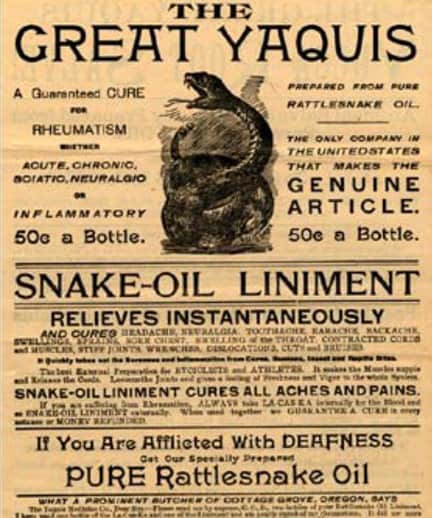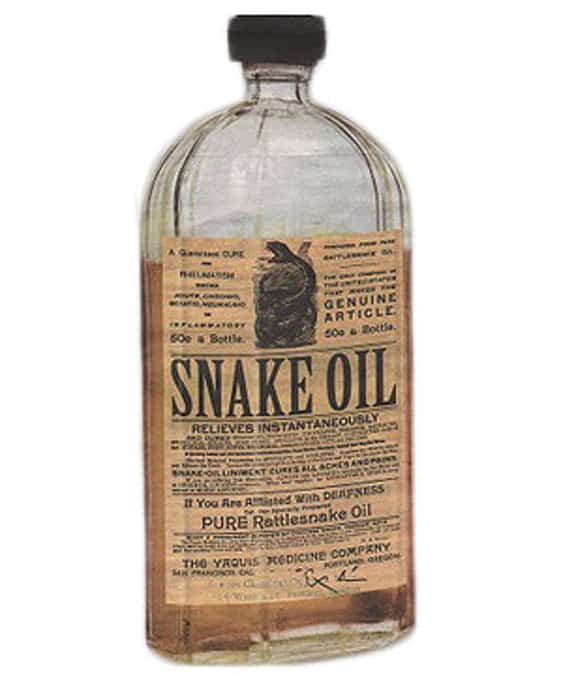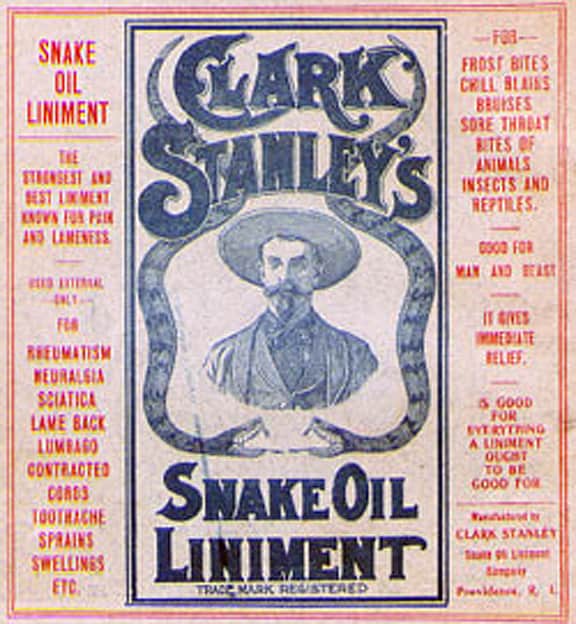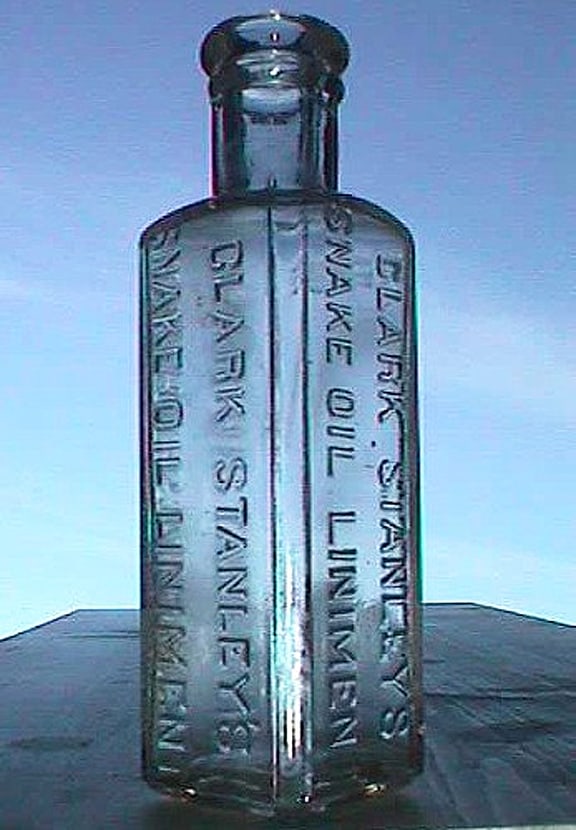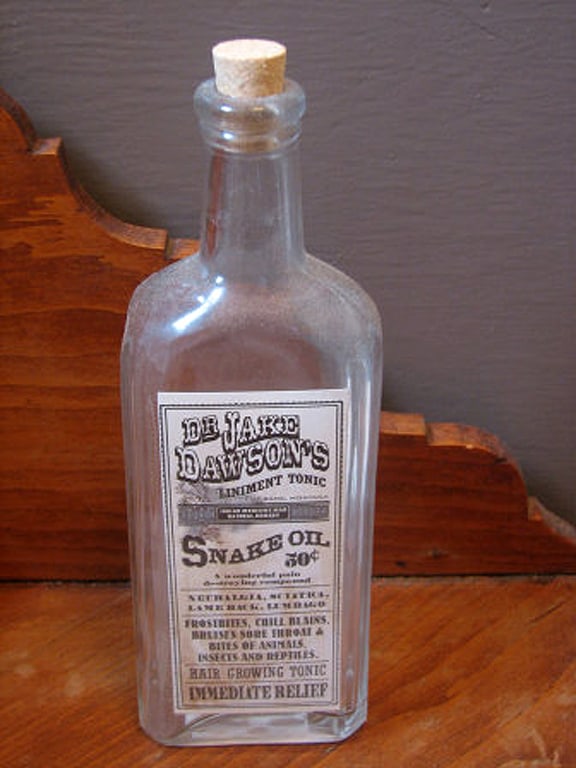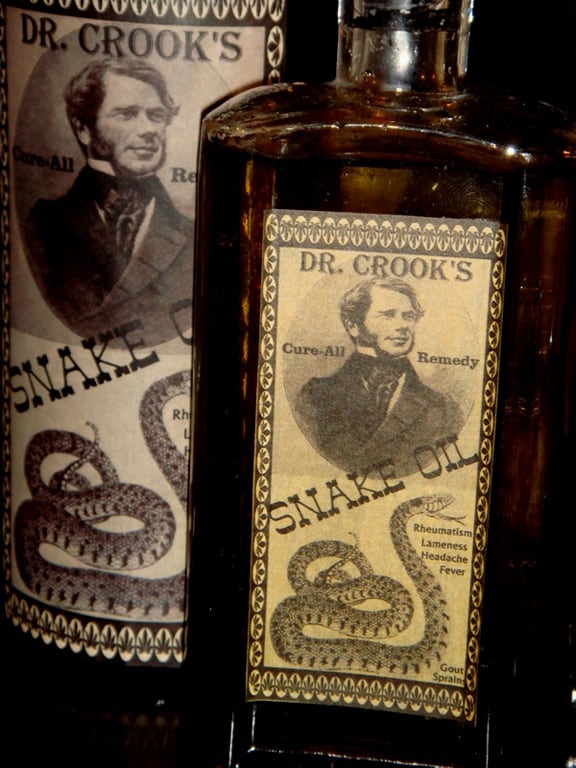A quack doctor at a fair – Library of Congress
Ferdinand,
I am hoping you could help me track down an antique bottle of Dr. Meyer’s Blood Purifier Syrup manufactured in 1880 to around 1910. I was made in Pawnee City, Nebraska as far as I can tell. An ad I saw said manufactured in Kansas City. Maybe manufacturing moved later on. It is an old herbal medicine formula.
I would pay top dollar for one in great condition. A super find would be one with liquid still in it.
Can you track down an item like this or do you have one to sell me.
Thanks,
Nicholas S.
Dr. Meyer & Echinacea
![]() It is always nice to get a request or question about a bottle I am unfamiliar with, especially when it has your own name associated with it. In this case it is ‘Meyer‘ with the ‘Meyer’s Blood Purifier‘. This prompted a search to find out more about the brand and to find out, who was Meyer?
It is always nice to get a request or question about a bottle I am unfamiliar with, especially when it has your own name associated with it. In this case it is ‘Meyer‘ with the ‘Meyer’s Blood Purifier‘. This prompted a search to find out more about the brand and to find out, who was Meyer?
Snakeroot has been long known by the Plains Indians as a cure for snake bite
Echinacea is a genus, or group of herbaceous flowering plants in the daisy family, Asteraceae. The nine species it contains are commonly called coneflowers. They are endemic to eastern and central North America, where they are found growing in moist to dry prairies and open wooded areas. They have large, showy heads of composite flowers, blooming from early to late summer. The generic name is derived from the Greek word ἐχῖνος (echino), meaning “sea urchin,” due to the spiny central disk. Some species are used in herbal medicines and some are cultivated in gardens for their showy flowers. A few species are of conservation concern. [Wikipedia]
Native american tribes, including presumably the Sioux and Pawnee of Nebraska, generally shared their knowledge of Echinacea’s (also known as Kansas Snakeroot) healing properties with the European settlers, who quickly adopted the plant. Snakeroot has been long known by the Plains Indians as a cure for snake bite.
To prove the efficacy of echinacea, he offered to let himself be bitten by a rattlesnake in the presence of doctors and to treat himself only with echinacea.
Sometime in the early 1870s, Dr. H. C. F. Meyer, a German physician from Pawnee, Nebraska, concocted a patented herbal medicine made with Echinacea. He named it “Meyer’s Blood Purifier” and claimed it as a cure-all for a variety of ailments, including everything from snakebite to typhoid fever. Meyer also called Echinacea “Black Sampson, the Slayer of All Ailments”. Believe it or not, another name used was ‘Nigger Head of the West”.
He believed so strongly in the healing properties of Echinacea that in 1887, he tried to promote it to two prominent physicians of the time: Dr. John Uri Lloyd (a professor at the Eclectic Medical Institute and Cincinnati and later president of the American Pharmaceutical Association) (see article below) and Dr. John King (author of King’s American Dispensatory). To prove the efficacy of Echinacea, he offered to let himself be bitten by a rattlesnake in the presence of doctors and to treat himself only with Echinacea. The doctors declined his offer, surmising that he was a quack.
After Meyer’s persistence, Dr. King finally was persuaded to give Echinacea a try. Although he didn’t opt for the snakebite experiment, Dr. King did try Echinacea and became convinced of the herb’s healing properties. Dr. King reversed his previously negative opinion on Echinacea, proclaiming the herb useful for treating many illnesses, including the infectious diseases, that were so devastating at that time – diphtheria, scarlet fever, influenza, meningitis, measles, and chicken pox. With that, Meyer was off to the races and the business of ‘snake oil medicine’ got its credibility and start.
In 1910, the American Medical Association (AMA) declared Echinacea a “useless quack remedy” though many continued to use it. Echinacea then fell into disfavor among Americans in 1930, but became popular in Germany where the herb was widely documented. Dr. Gerhard Madaus of Germany developed a juice concoction made of Echinacea purpurea. This became the most “frequently prescribed Echinacea preparation worldwide”. In the 1980’s, Echinacea made a comeback in the United States and took its place as one of “America’s best-selling herb extracts”.
The Early Snake Oil Medicines
The Meyer’s Blood Purifier was one of the first widely sold ‘snake oil patent medicines”. Many imitations would follow all telling the same folkloric tale of Indian herbal wisdom.
One can almost imagine the pioneering con-artist Meyer,taking his wagon of wares from town to town throughout the west, claiming his tincture of Echinacea was a secret remedy given to him by the Plains Indians. His carnival act on the back of his wagon included teasing rattlesnakes until they struck him (he’d secretly defanged them) then he’d rub Echinacea on the bite as proof of efficacy before offering the mesmerized audience bottles for sale.

